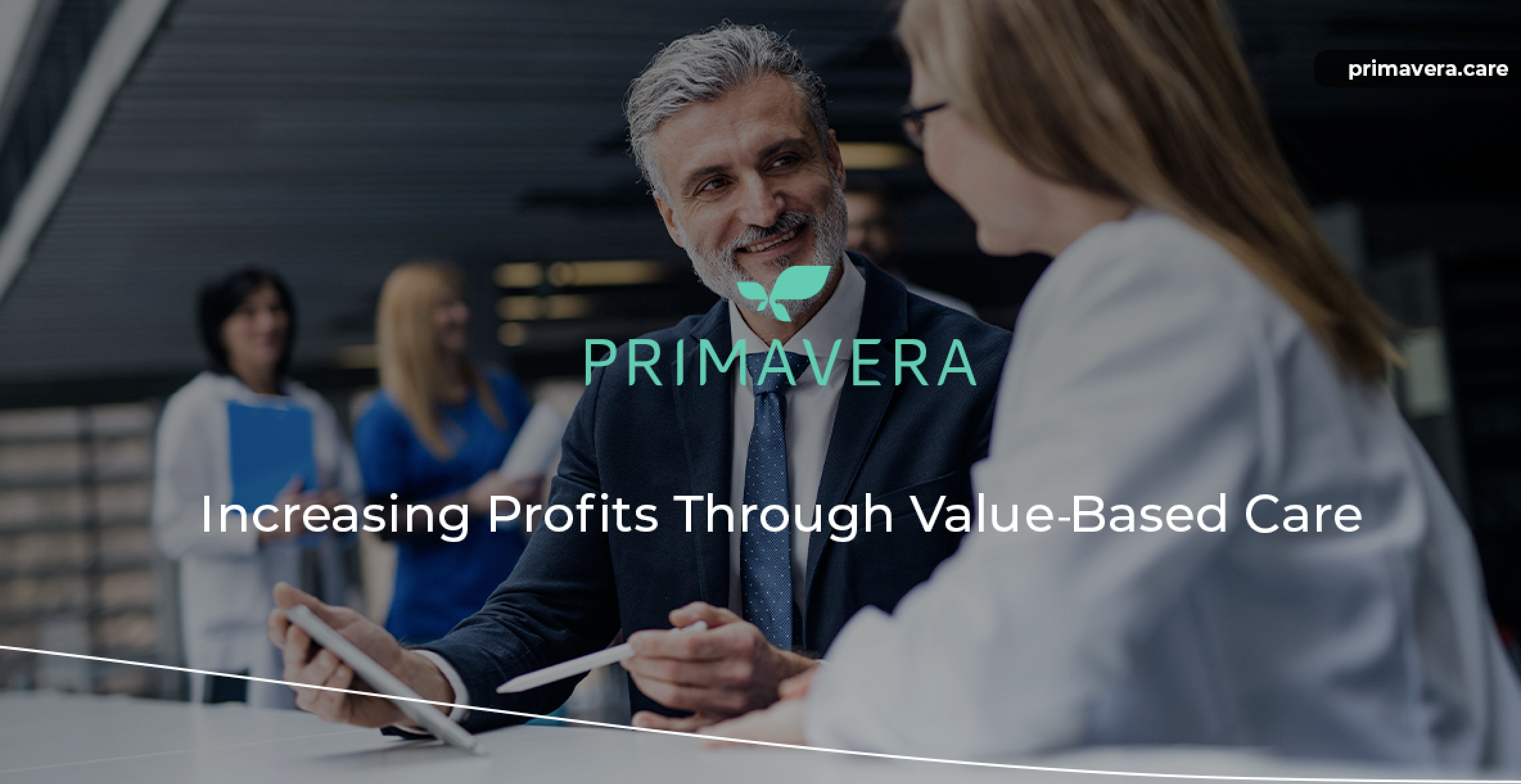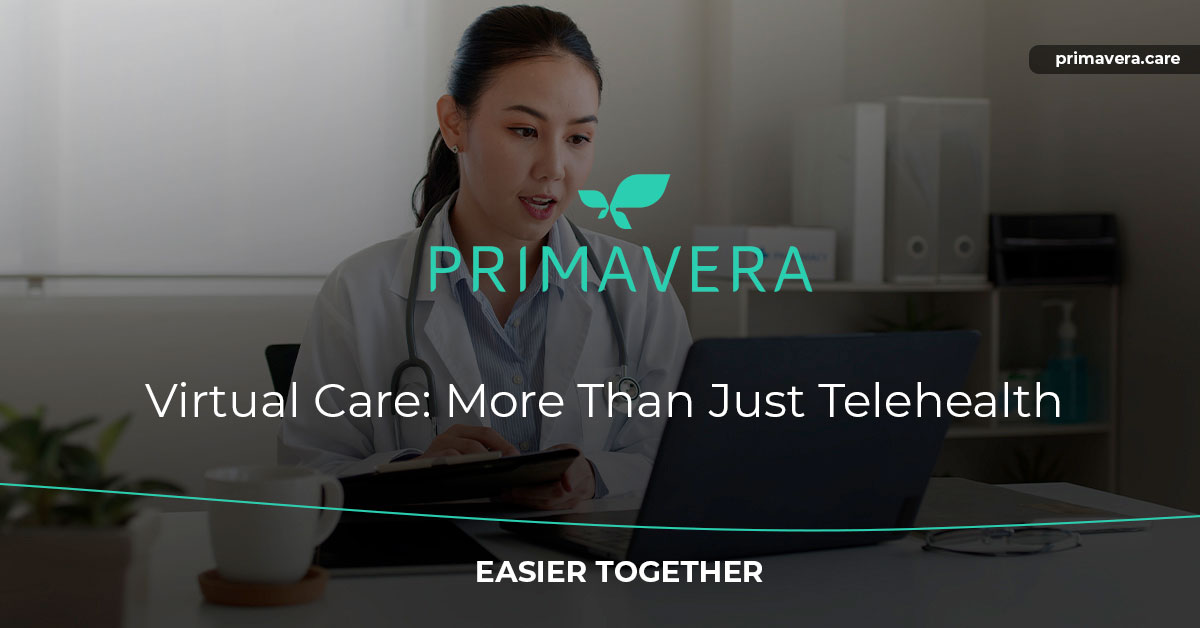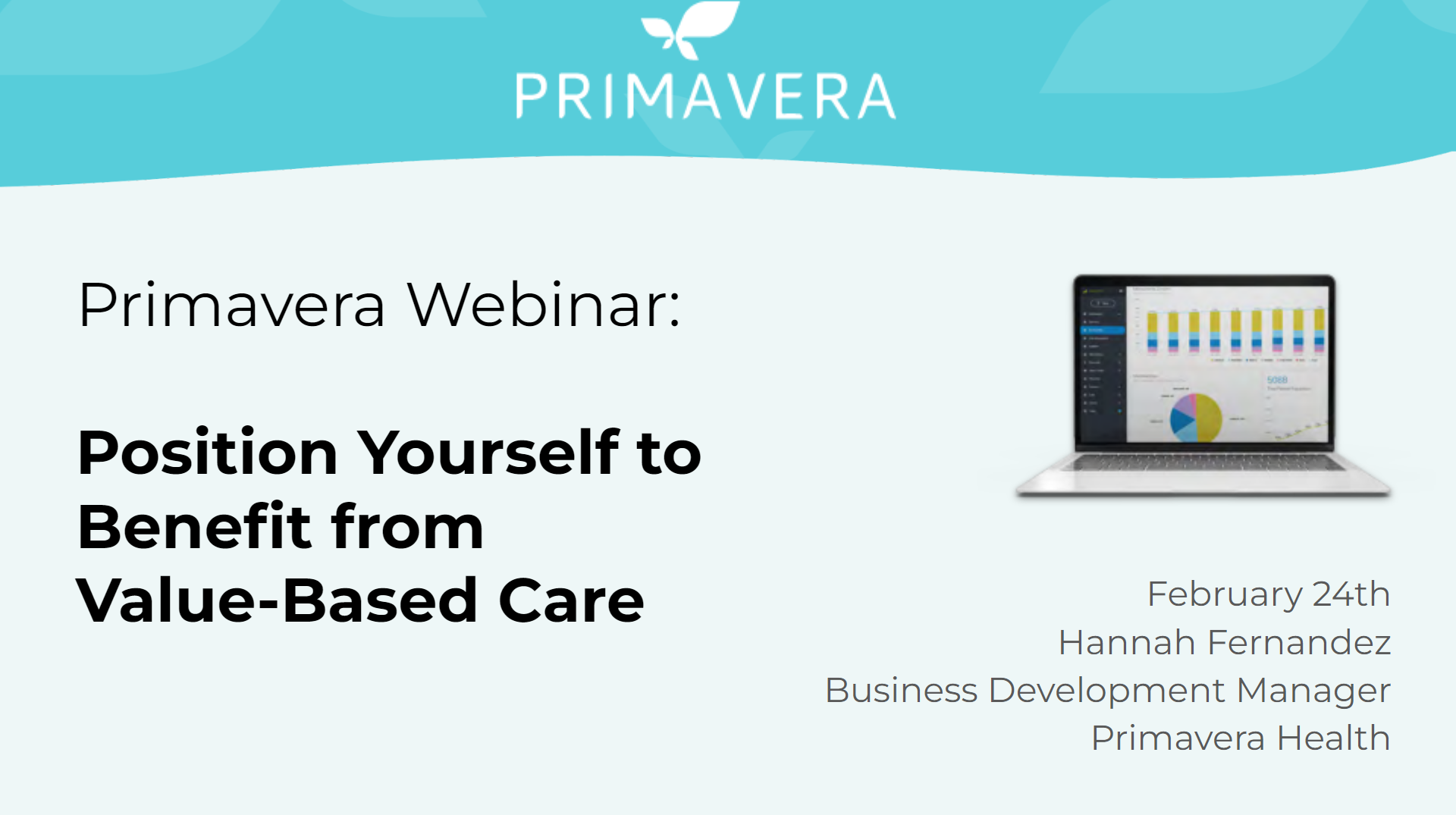Hospitals and health systems are looking to optimize their revenue by turning to value-based care from volume-based care. Widely used models where the number of patients determines the financial success of the practice is now being offset with the option to profit off preventive care and increase the quality of care.
So how does this work? And what are the benefits to patients, and to the healthcare facility and its different departments?
Incentive & Bonus Payments
VBC programs award practitioners based on the quality of care they are providing through bonuses and incentive programs. As an example, with the center for Medicaid and Medicare services, there are 5 key VBC rewards programs:
- End-Stage Renal Disease Quality Incentive Program (ESRD QIP)
- Hospital Value-Based Purchasing (VBP) Program
- Hospital Readmission Reduction Program (HRRP)
- Value Modifier (VM) Program (also called the Physician Value-Based Modifier or PVBM)
- Hospital Acquired Conditions (HAC) Reduction Program
Incentive programs like these are meant to motivate care optimization and help the healthcare industry as a whole move away from fee-for-service models and into bundled care solutions that are compensated by overall patient health.
The drive for this performance-based shift has been evolving since the passing of the 2010 Affordable Care Act (ACA). In 2018, this alternative payment model (APM) comprised roughly 36% of total U.S. healthcare payments up from 25% in 2015.
To work, bonuses and incentives can’t stay stagnant and they have to grow proportionate to APM revenues, and live in a 10-20% range of projected cash compensations.
Stabilized Cash Flows
Perhaps the most attractive benefit of VBC is that there are more predictable cash flows in times of service fluctuation (e.g., the coronavirus pandemic). Financial losses were top of mind during the height of the pandemic as hospitalizations increased exponentially, affecting providers in unexpected ways, and testing their ability to adapt. Those practices able to embrace digital telehealth solutions were able to stay more nimble without compromising their data collection and intake processes, further – those with VBC models were able to continue to receive regular payments vs fee-for-services models which saw a staunch decline.
“Hospitals and health systems that have mostly recovered from the initial hit of the pandemic had invested before the crisis in areas such as hospital-at-home services and digital capabilities that allowed rapid expansion into virtual care and remote patient management.”
Additionally, certain healthcare practices may actual thrive under a virtual care model:
Some specialties, such as mental health, may find stronger footing via virtual visits. Healthcare provider executives surveyed by HRI most frequently cited mental health and psychiatry (58%), family medicine (56%), obstetrics and gynecology (46%) and pediatrics (44%) as the specialties in which their organizations will offer virtual visits in 2021.
Payers may wrestle with how to reimburse and, in some cases, provide virtual care. Pharmaceutical and life sciences companies may have to determine where they can and should plug in, literally. Providers may continue to improve the patient experience and be careful not to create new disparities in the health system through lack of technology access.
With 95% of large US employers covering telehealth, up from 56% in 2016, business leaders will have a say in how virtual care is used and how it should be woven into the healthcare system.
The revenue (and analytics) of VBC models stabilizes revenue and spending by improving patient outcomes and creating more consistent care continuums – identifying gaps in care, and bundling treatment modalities for preventive care options.
Healthy patient populations create revenue as new reimbursement policies put forth by payers and government agencies promote preventive solutions.
Go Beyond Hospital Walls
A big proponent of the success of VBC is that it is adaptable and, because it is focused on treatment success over fee-for-service, this model is able to be more flexible in incorporating external therapies within approved networks.
With greater accessibility comes the need for greater amounts of data to manage it and along with the implementation of VBC comes the need for real-time applications and management platforms to capture and analyze patient data; for reporting but also to mitigate risk.
When it comes to utilizing these applications; for patients it needs to be incredibly easy to use – accessible with the tap of a screen, and for providers it needs to be able to track multiple practitioners, patient records, manage transportation, and facilitate transactions, all with regulation levels of security and compliance.
At Primavera, we focus on real time results and make it easy to access the complete member record, case management, scheduling, transportation, healthcare analytic care data and financial analytic data for your patients and practice. This integrated support is what gives VBC models the organization and adaptive structure they need to support a variety of patients – even under unexpected circumstances – without compromising profitability.
Curious how this solution could work for you? Reach out to us today to get started.

















Recent Comments